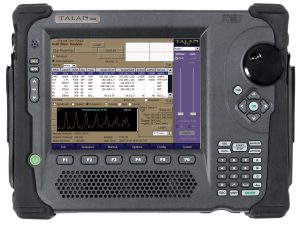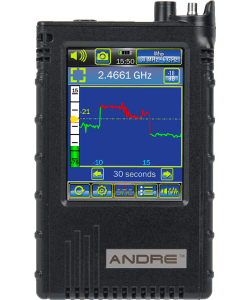 The TALAN Telephone and Line Analyzer provides many automated tests in a single product to detect and locate illicit surveillance devices (wiretaps and electronic surveillance/eavesdropping products) on telephones, communication and other types of wiring, and is the only product of its kind in existence.
The TALAN Telephone and Line Analyzer provides many automated tests in a single product to detect and locate illicit surveillance devices (wiretaps and electronic surveillance/eavesdropping products) on telephones, communication and other types of wiring, and is the only product of its kind in existence.
Developing technologies and growing acceptance of VoIP telephones have also brought increased opportunity for exploitation. A VoIP phone can be programmed to pass VoIP data, even when it appears inactive; for example, a VoIP phone can be compromised by someone with network access (e.g. IT personnel, hacker) and the ability to turn the microphone on and off, effectively collecting and transmitting room audio undetected.
Continue reading “New TALAN 3.0 Offers Advanced VoIP and Shielded/Earth/Ground Cable Tests”

